Maybe you’re in it for the satirical Reagan-era machismo bloodbath where a resurrected Christ figure guns down a dozen men in a cloud of cocaine, poignantly commenting on the radical reinterpretations of goodness inherent in the very concept of a “war on drugs.” Maybe you just like bulletproof supercops who shoot bad guys in the swimsuit area. That’s the great thing about RoboCop: There’s just no wrong way to be a fan.
There are, however, plenty of wrong ways for a company to adapt the property into a video game. Lots of ways – close to a dozen at this point. Here’s a look at every RoboCop game to hit arcade cabinets and home consoles in the last 35 years.
RoboCop (1988)
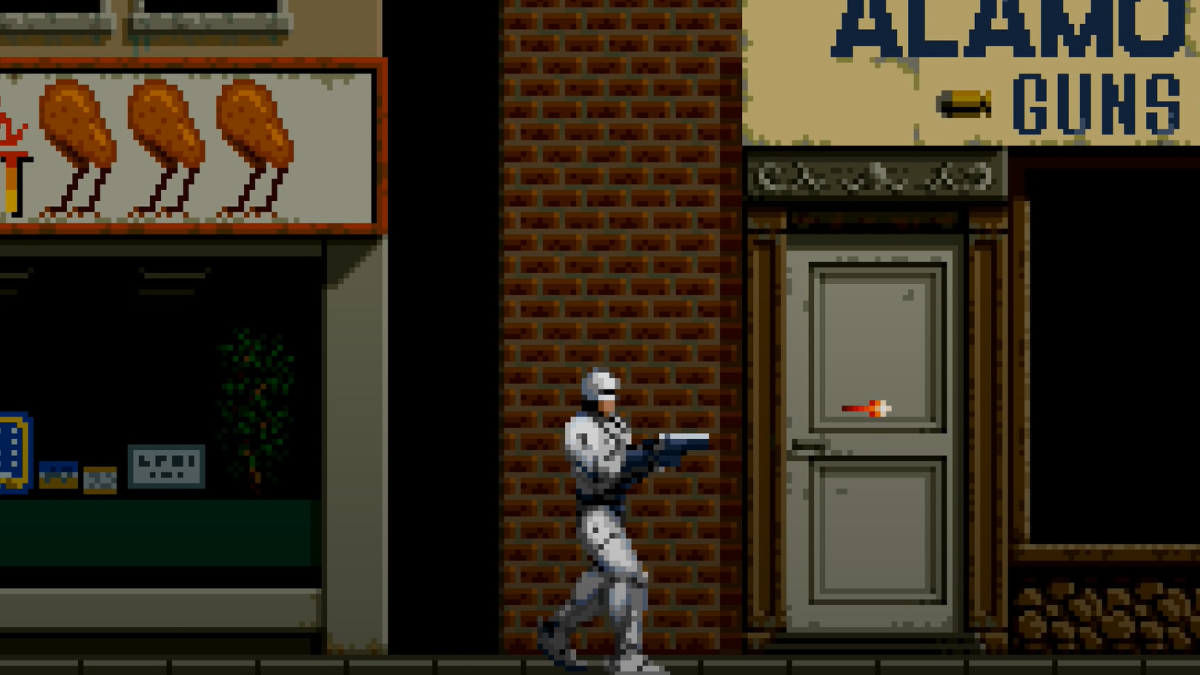
We take you now to a time long past before every video game on the market was a survival crafting sim, a games-as-service slot machine, or a Candy Crush reskin. Back in the good times, when developers still had integrity, every game was a side-scrolling beat-’em-up, borderline copy-pasted from the one that came before, explicitly designed to be too challenging to beat throughout a single Blockbuster weekend rental. Those were the days.
One particularly well-received take on the concept of moving from one side of the screen to the other while punching guys to death is RoboCop, the 1988 video game adaptation of the 1987 movie. An instant success across home platforms and arcades, it allowed players to truly experience what it felt like to be Officer Alex Murphy, but in two dimensions and with a lot more physically identical stooges running directly at him at a uniform pace. Bonus: There was a shooting gallery level in some versions, which remains one of the cruelest things a developer can add to a game controlled via D-pad.
RoboCop 2 (1990)
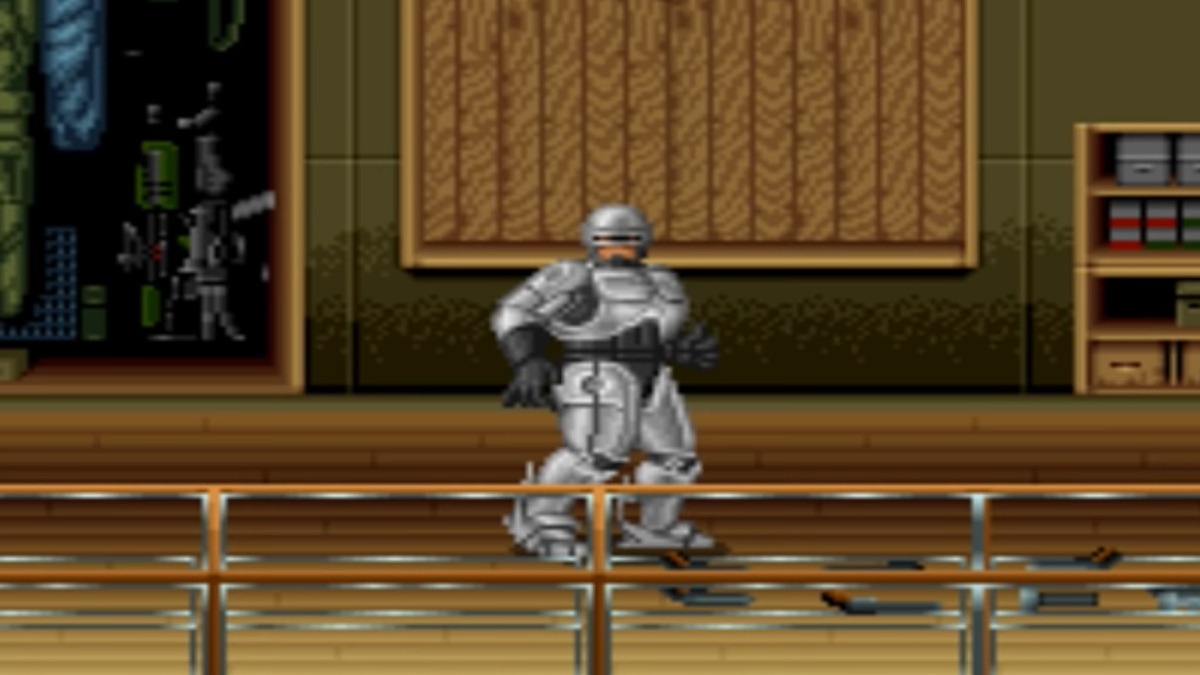
If you liked 1988’s RoboCop video game, then you loved RoboCop 2 basically the same amount on paper. It had much in common with its predecessor, with a few notable additions. There were bonus motorcycle stages on some consoles where the player would gun down every other vehicle even close to the freeway – you know, like a cop – and a mini-game on the Amiga port where Murphy’s memories come back to him thanks to the player’s ability to beat what’s basically Minesweeper with the bumpers on.
RoboCop 3 (1991-1993)
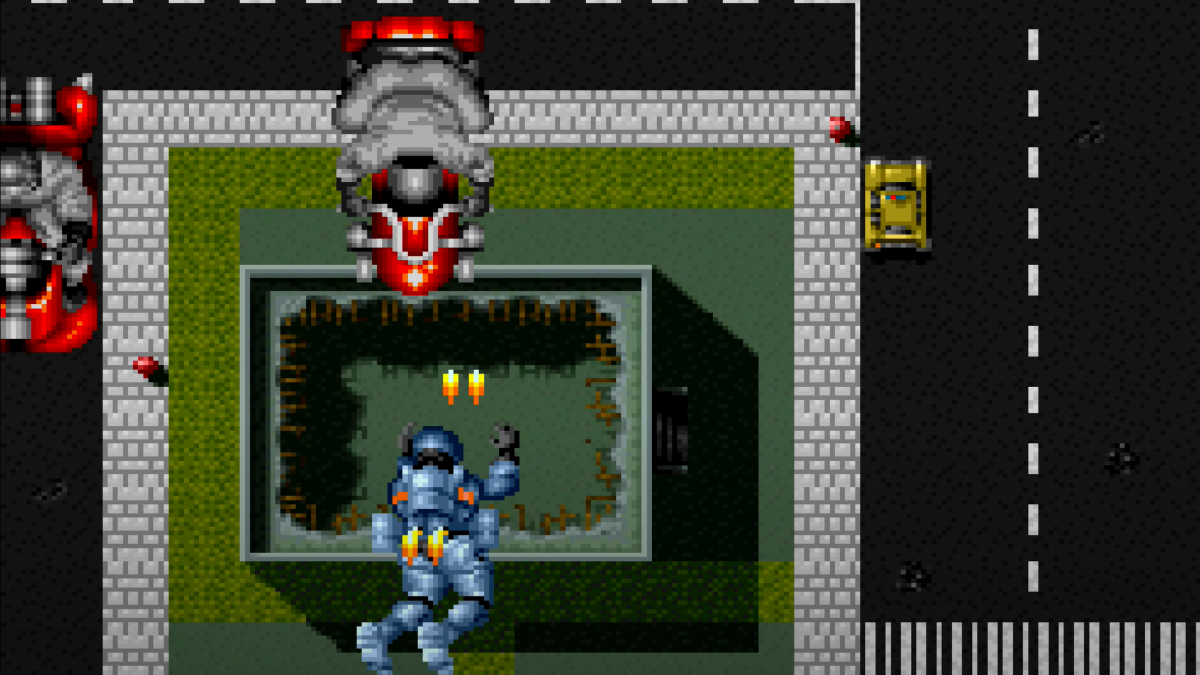
Okay, this one’s a little complicated. The movie RoboCop 3 came out in 1993. The video game adaptation was released across over half a dozen consoles between 1991 and 1993. Each version of the game was different. Some skewed closer to the film’s events, having been in development further into the production process. Some were built on guesswork and involved immense amounts of wasted time thanks to vague instructions from the film set – stuff like “RoboCop rides a gyrocycle in the movie” without explaining what a gyrocycle was.
The results were varied. The Amiga version of RoboCop 3, for example, featured some wildly ambitious 3D driving segments, proto-Doom hallway shootouts, and digital cutscenes that look pretty good when you remember that they were running on computers with less physical memory than the last phone you threw away. The SNES version, meanwhile, was very much just a copy-paste of the previous two games, but with a terrible jetpack segment added in as the publisher’s way of teaching you a lesson about putting your faith in recognizable IPs when spending your allowance on video games.
RoboCop Versus The Terminator (1993)
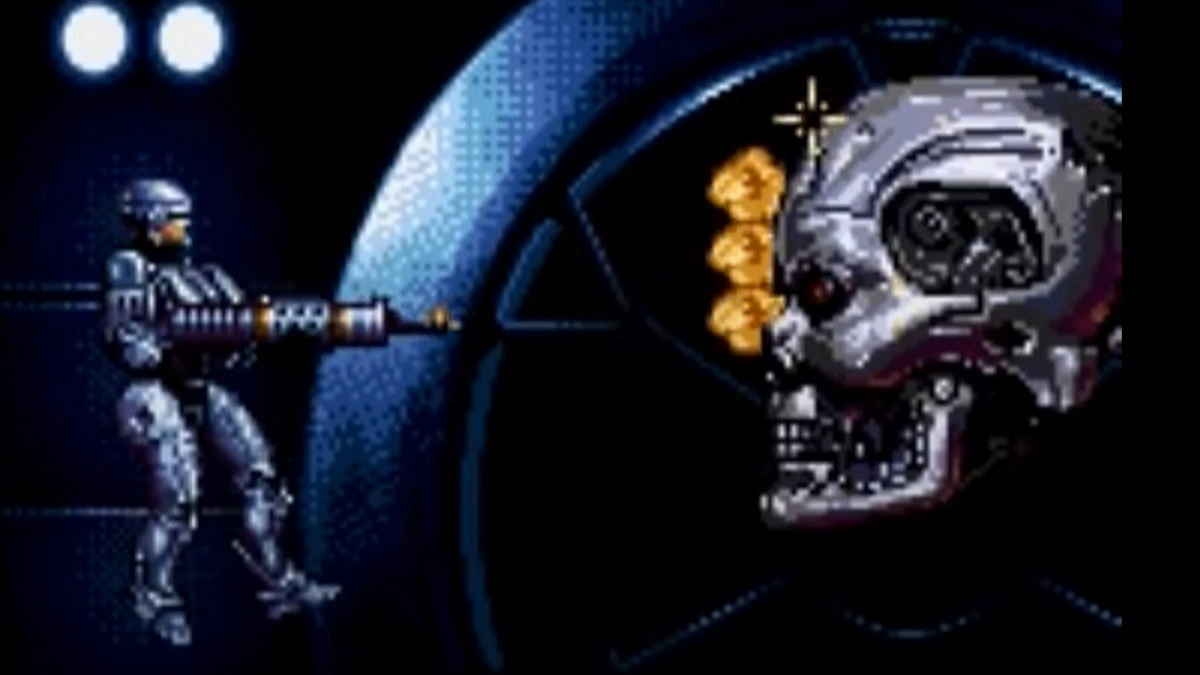
In 1993, OCP’s finest officer branched out a little. No longer satisfied with shooting nameless criminals on a two-dimensional plane, he upped his game, shooting instantly recognizable, licensed characters on a two-dimensional plane.
Yes, it was time for kids to learn that difficult lesson about IPs on video game covers all over again with RoboCop Versus the Terminator, a side-scrolling shoot-em-up that got so, so close to being good. The premise was so solid: RoboCop shoots some Terminators. How do you mess that up?
The answer: By creating even more of the same, but this time with an even more expensive license. Where the Alien vs. Predator games innovated, offering players different gameplay styles to choose from and the empowerment fantasy of splattering xenomorphs, Predators, or humans all over a wall, RoboCop Versus the Terminator let you play as effectively the same RoboCop you’d been playing as for the last five years, shooting what, in practice, were the same old bad guys, just dressed up with shinier skeletons and more Schwarzenegger-y.
RoboCop (2003)
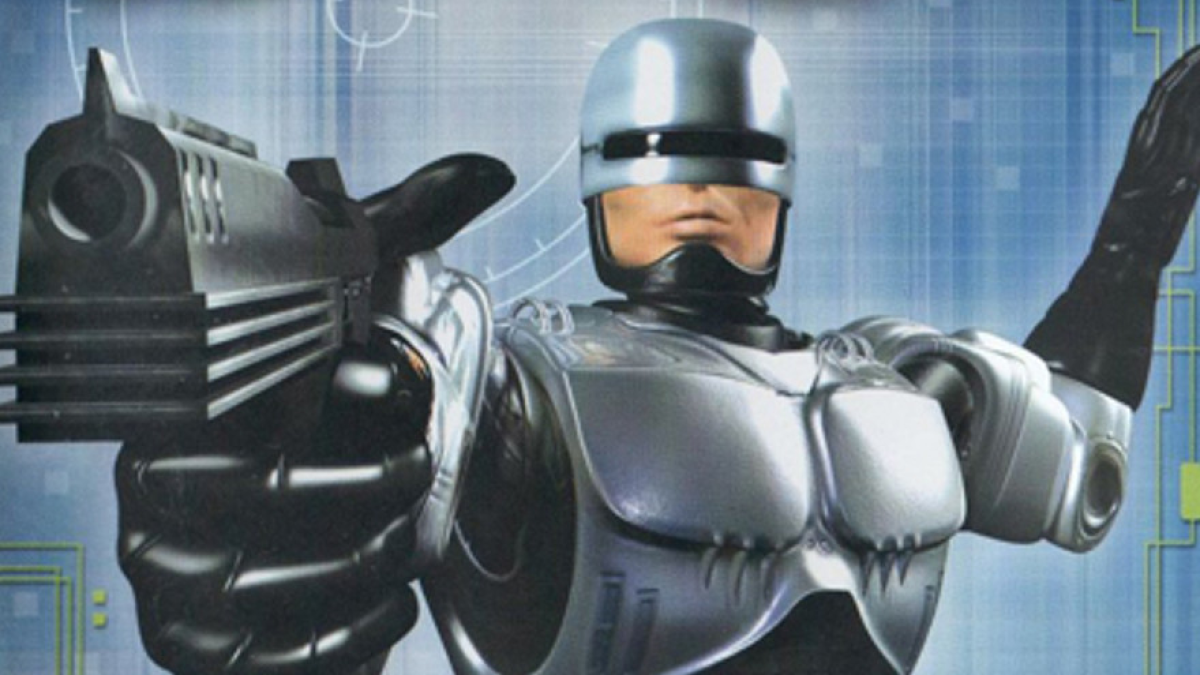
It had been an entire decade since the last RoboCop game when 2003’s RoboCop hit store shelves. Did people like it? No. But has it found a new audience in the 20 years since its debut? Also, a hard “no.”
RoboCop should have been an easy first-person shooter home run in the Gamecube era. He was clunky and tanky, and his movements could look mechanical and unnatural and still be called “immersive.” Sadly, a game revolving around a police officer who shoots many people forgot to add enough ammo pickups, and the whole thing wound up an instantly forgettable, frustrating mess. At least the box art was still not good, nope. Not an easy game to say something nice about.
RoboCop (2004)
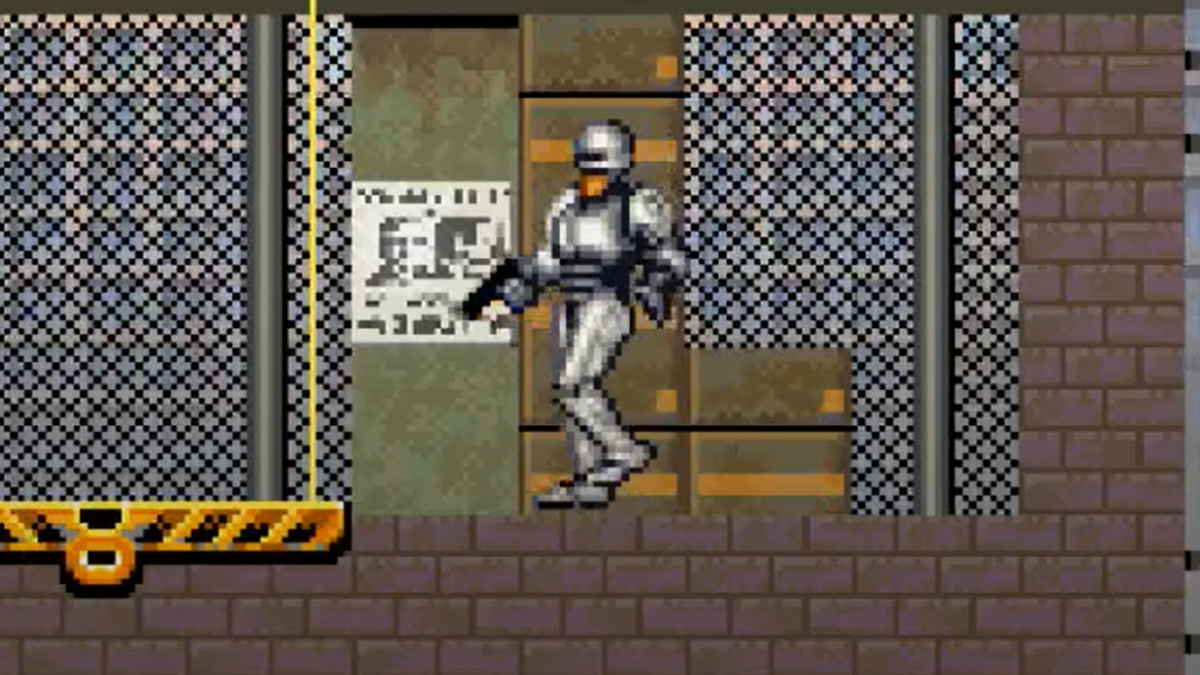
There’s a good chance that you’re too young to remember this, but there was a time when kids could get grounded for wasting their parents’ money on mobile games in an entirely different way. Tie-in games for cell phones were a great way to kill fifteen minutes for $10 back in the early-2000s, boasting screen resolutions of nearly 90 by 90 pixels. They took forever to download. They played like soggy garbage. But what were you going to do? Not play “X2: X-Men United” on your Motorola Razr?
Anyway, RoboCop got one of these games. This will rock you to your core, but it was a side-scrolling shoot-’em-up. Time is a flat circle. Moving on.
RoboCop (2014)
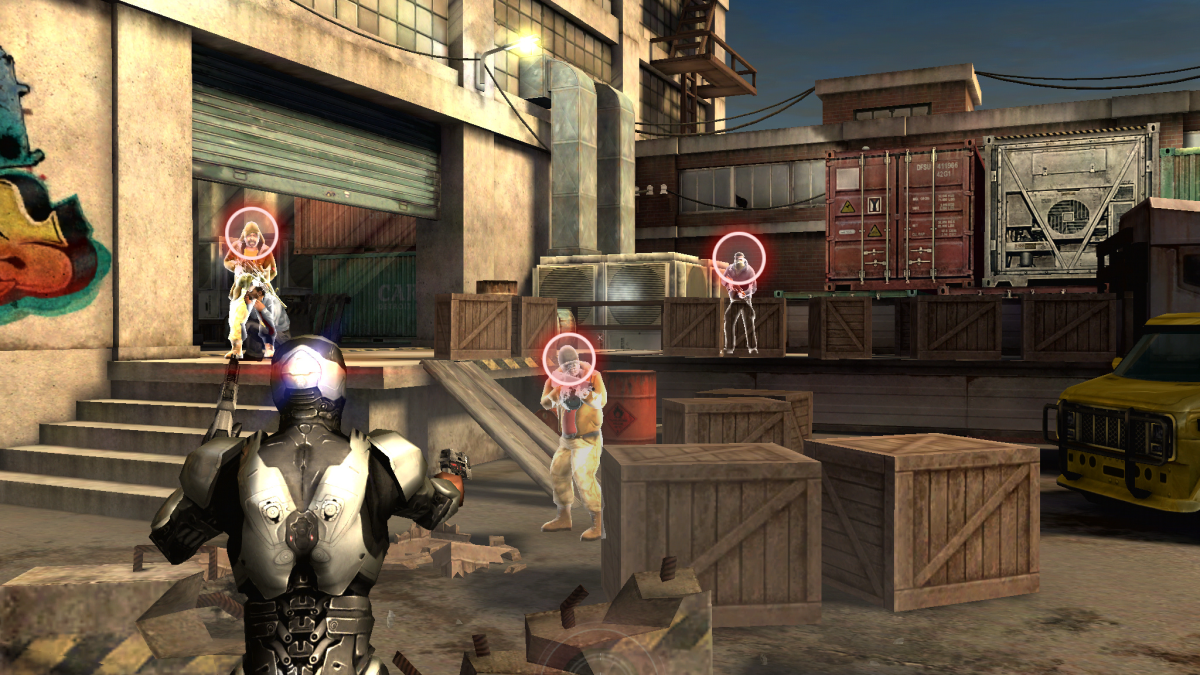
The year was 2014, and we were all still beautiful, innocent angels, unaware of how much money we would lose on smartphone games played exclusively on the toilet. One of those games was RoboCop, the frankly pretty amazing mobile tie-in game for that reboot movie you’ve probably forgotten about in the years since. The game didn’t reinvent the wheel or anything – it’s just a rail shooter with RPG elements and lots of brightly colored light-up bullets – but it still looks good enough nine years later to make you think, “Wow, this was designed to run on a Samsung Galaxy 3.” Come for the microtransactions, stay for the cutout photos of Jackie Earl Haley next to the dialogue boxes. That’s how you spot quality.
Broforce (2015)
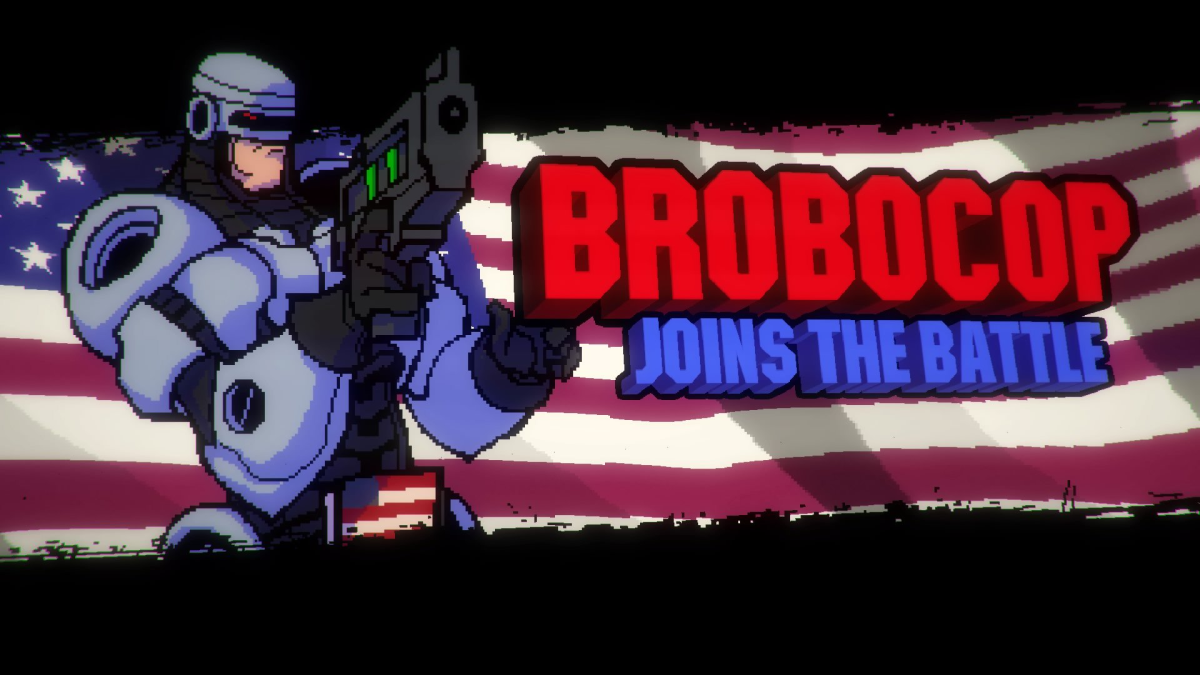
In 2015, it became clear that the people best trusted with the video game representation of RoboCop would be the fans. The first hint came with Broforce, the imminently playable, endlessly frustrating, tongue-basically-poking-through-its-cheek action platformer that serves as a better love letter to classic Hollywood machismo than every Expendables movie combined. Pastiches of every dude movie action hero pop up as playable characters, thanks to a dedicated development team and some super loosey-goosey laws about what counts as parody. You can play as Indiana Brones, RamBro, Double Bro Seven, and dozens of bro-thers.
And one of them is BroboCop, who slays with his chargeable Auto-9 and special tracking shot ability. Honestly, if you haven’t played BroForce, do something nice for yourself and drop the $15 that it costs on Steam. You might not love it initially, but it’ll bro on you.
Mortal Kombat 11 (2019)
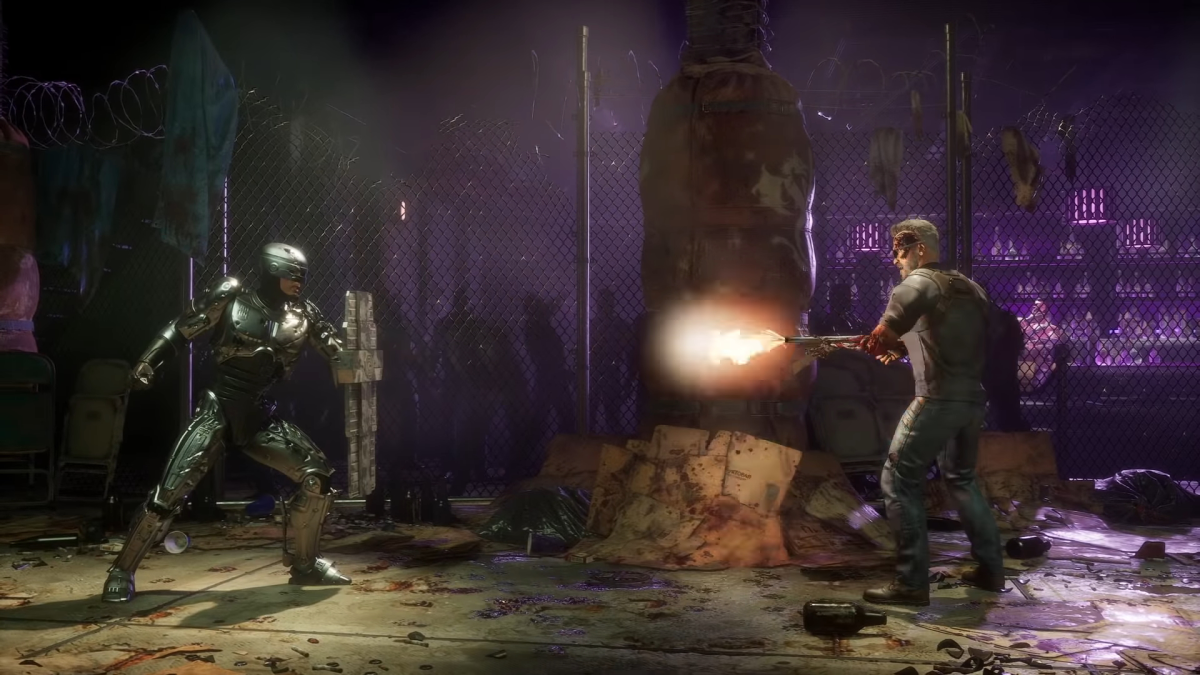
Love them or hate them, the Mortal Kombat games have a storied history of bringing in bonkers guest fighters – characters like Freddy Krueger, the Predator, Rambo, and Spawn. It’s basically as close as you’ll ever get to seeing a real-life version of the action figure fights that played out in your head as a kid, assuming you had a troubled childhood and knew what the inside of a human sternum looked like.
Mortal Kombat 11 brought RoboCop into the arena, voiced for the first time since RoboCop 2 by Peter Weller. Gorgeously animated with fittingly heinous violent attacks, he even brings his old co-worker ED-209 to the fight with him once in a while, offering fans a couple of spectacularly gruesome Fatalities. Helpfully, the game also brought in the T-800 as a guest character, giving bloodthirsty former ’90s kids a second chance to see the carnage they were owed after RoboCop Versus the Terminator.
Fortnite (2022)
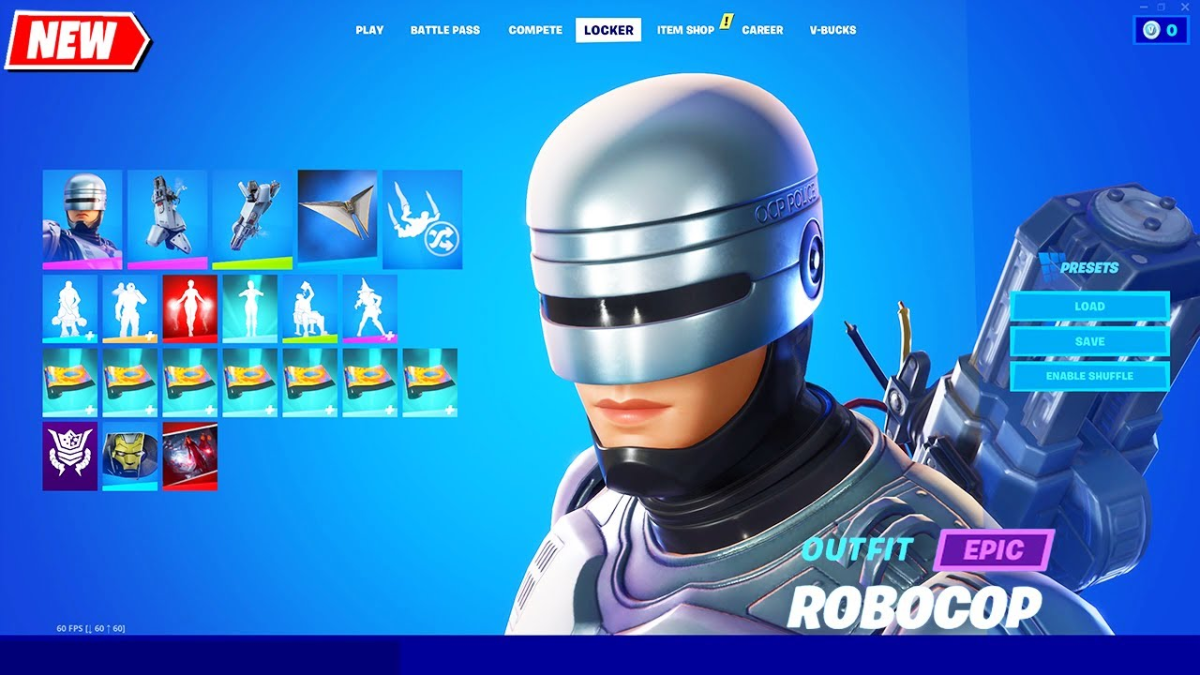
There is treacherously little to say about this next entry. In May of 2022, Fortnite players worldwide listened as their dads walked through the living room with a laundry basket, noticed the screen, said, “Is that RoboCop?” and then tried to explain how good RoboCop was.
This was the extent of the effects of Epic Games releasing the Omni Consumer Products cosmetic pack, which allowed players to gun down their buddies from soccer while dressed like RoboCop. The pack also included an ED-209 leg that you could use as a pickaxe and another one to wear on your back. It’s the least effort a studio could put into making a RoboCop adaptation, short of putting out that one from 2003.
RoboCop: Rogue City (2023)
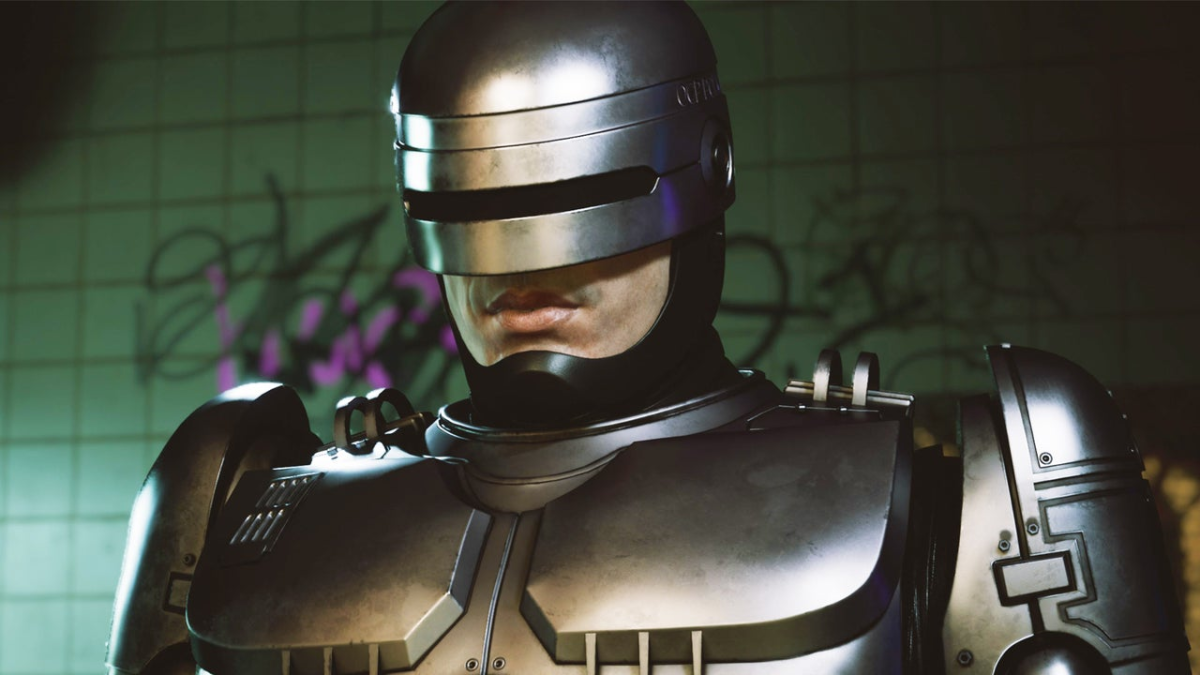
It seems fair to say that RoboCop: Rogue City is one of the most highly-anticipated triple-A games headed to screens in 2023. Developed by Teyon, the folks who made the critically middlingly received Terminator: Resistance in 2019, it’s a straightforward first-person shooter, banking hard on nostalgia and the public’s desire to blast some creeps as the future of law enforcement. Additionally, dialogue options will reportedly change the path of the narrative, offering fans a chance to control their own interpretation of Alex Murphy. It’s set between RoboCop 2 and RoboCop 3, so with any luck, it’ll explain why the main character changed faces in between sequels.

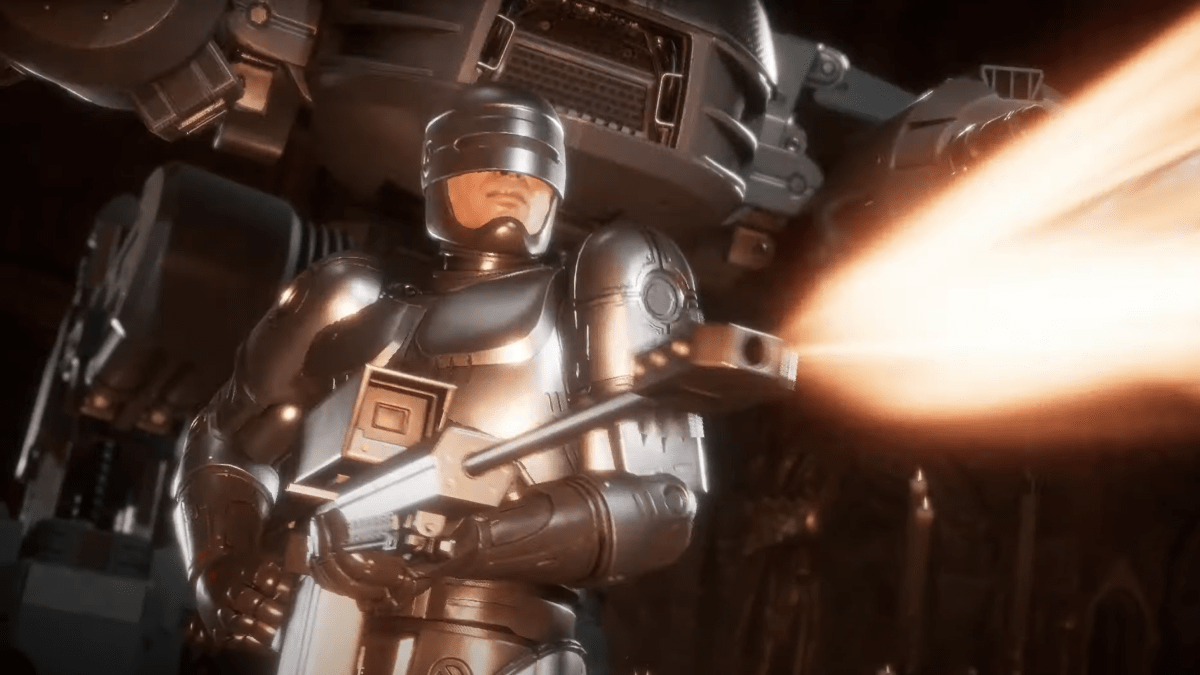









Published: Aug 24, 2023 09:43 pm